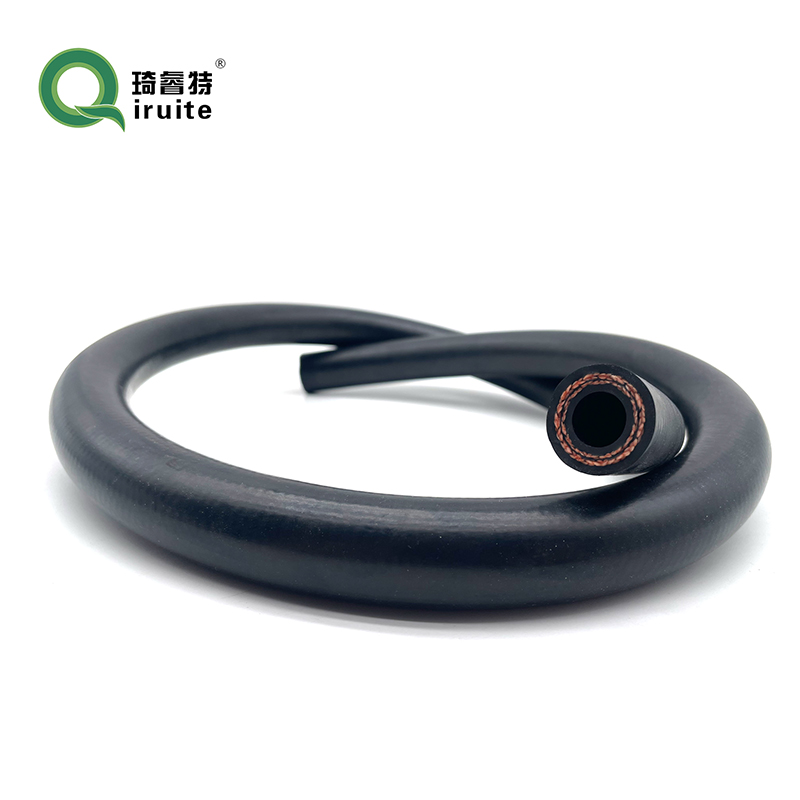Understanding the Materials Used in Power Steering Hoses for Optimal Performance
Understanding Power Steering Hose Materials A Key Component for Performance and Longevity
Power steering systems are essential components in modern vehicles, providing drivers with the ease of maneuvering their cars with minimal effort. At the heart of these systems lies the power steering hose, a critical part that transports hydraulic fluid to assist in steering. The material used in the construction of power steering hoses plays a significant role in the performance, durability, and reliability of the entire steering mechanism. This article delves into the various materials used in power steering hoses, their characteristics, and the factors that influence material selection.
Common Materials Used in Power Steering Hoses
1. Rubber This is the most traditional material used in power steering hoses. Rubber hoses are flexible, allowing for easy routing within the engine bay. They can withstand the pressure generated by hydraulic systems and are generally resistant to heat and wear. However, rubber can degrade over time due to exposure to various environmental factors like oil, UV light, and extreme temperatures, leading to cracks or leaks.
2. Synthetic Rubber An advancement over natural rubber, synthetic rubber offers enhanced performance characteristics. It is more resistant to oils and degradation from environmental exposure. Synthetic rubber hoses, often reinforced with various materials, provide higher durability and longevity, making them suitable for high-performance vehicles where reliability is paramount.
3. Steel Braided Hoses For high-pressure applications or racing environments, steel braided hoses are preferred. These hoses consist of a rubber core surrounded by a braided steel exterior, providing maximum strength and resistance to abrasion. They can handle extreme pressures and temperatures, making them ideal for performance vehicles. However, steel braided hoses can be more rigid than rubber hoses, which may complicate installation in some vehicle models.
4. PTFE (Polytetrafluoroethylene) Hoses Known for their chemical resistance and low friction properties, PTFE hoses are used in specialized applications, including power steering systems where high levels of performance and resistance to fluid degradation are required. Though typically more expensive, their longevity and performance can justify the cost in certain environments, particularly in motorsport applications.
Factors Influencing Hose Material Selection
power steering hose material

Several factors are critical when choosing the material for power steering hoses
- Pressure and Temperature The operational pressure and temperature conditions of the power steering system dictate the choice of material. Hoses must be able to handle not only the normal operating pressures but also any potential surges that could occur during vehicle operation.
- Chemical Compatibility The hydraulic fluid used in the power steering system can vary in composition, influencing the choice of hose material. Hoses must be compatible with the specific fluids to prevent degradation over time, ensuring reliability and safety.
- Flexibility and Routing The available space under the hood can limit the hose’s routing options. Choosing a material that balances flexibility and durability is crucial for a successful installation.
- Cost Considerations While high-performance materials such as PTFE and steel braided hoses offer superior performance, they are often more expensive. Evaluating the cost versus benefits in terms of durability and performance is critical in the selection process, especially for everyday vehicles.
Conclusion
The material chosen for power steering hoses greatly influences the performance and longevity of a vehicle’s steering system. From traditional rubber hoses to advanced synthetic materials and specialized options like PTFE and steel braided hoses, each material offers distinct advantages and considerations. Proper selection based on vehicle requirements, operating conditions, and budget can lead to enhanced performance, improved safety, and extended service life of the power steering system. As automotive technology continues to evolve, so too will the materials used in these critical components, promising even better durability and efficiency for the future of driving.
-
Ultimate Spiral Protection for Hoses & CablesNewsJun.26,2025
-
The Ultimate Quick-Connect Solutions for Every NeedNewsJun.26,2025
-
SAE J1401 Brake Hose: Reliable Choice for Safe BrakingNewsJun.26,2025
-
Reliable J2064 A/C Hoses for Real-World Cooling NeedsNewsJun.26,2025
-
Heavy-Duty Sewer Jetting Hoses Built to LastNewsJun.26,2025
-
Fix Power Steering Tube Leaks Fast – Durable & Affordable SolutionNewsJun.26,2025

